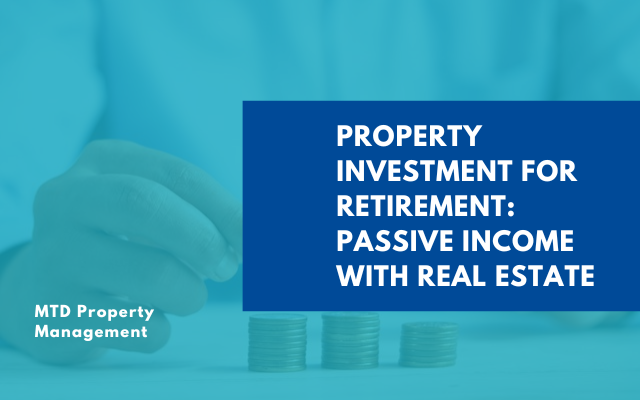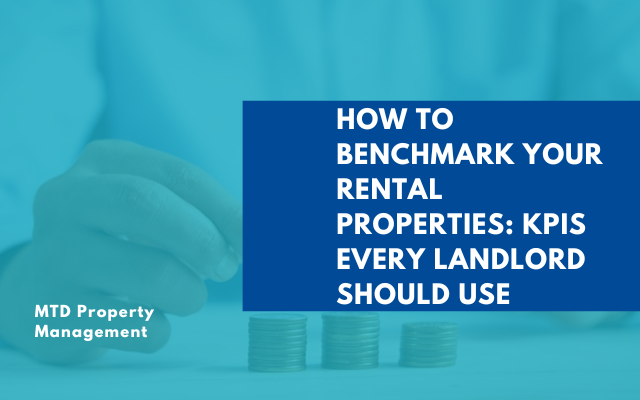
To be a successful landlord, you must set clear expectations with your tenants. This ensures that both parties understand their roles and responsibilities per the lease, minimizing potential areas for misunderstanding or conflicts.
Clear communication and well-maintained properties also contribute to property appreciation, enhancing the long-term value of your investment.
From rent-related issues to maintenance, repairs, and everything in between, make sure new tenants understand their obligations.
In this guide, we’ll walk you through the important areas you should focus on to ensure a smooth and successful tenancy. Keep reading to learn more!
Payment of Rent
Rent is the bread and butter of your rental investment, ensuring a steady cash flow, so it's crucial to ensure your tenants understand key details about rent payments. First, make it clear when rent is due each month.
Typically, rent is due on the 1st of the month or after the grace period, if one is offered. Keep in mind that certain states have laws that make grace periods mandatory, while others do not. It's important to check your specific state and local laws to ensure compliance.
Next, define acceptable methods of rent payment. Make sure tenants know how they should submit their rent payments, whether it's by check, mail, direct deposit, or via an online portal. Clarifying these details from the start helps prevent confusion.
Also, if you plan to charge a late fee for overdue payments, be specific about the amount. Many jurisdictions have laws that cap the late fees a landlord can charge, so it’s wise to consult your local laws to stay compliant.

It's a good idea to let tenants know that late or missed rent payments are considered a serious lease violation and could lead to eviction.
Maintenance and Repairs
The success of your rental investment also lies in the way repairs and property maintenance are handled.
On your part as a landlord, it’ll be in your best interest to ensure you’re always proactive in this regard. Once the tenant has requested for repairs or maintenance, make sure to respond appropriately.
Prompt responses cannot only help you build a solid relationship with the tenant, but also boost your occupancy rates. A tenant who feels cherished and cared for is more likely to renew their lease multiple times!
When renting to new tenants, make sure you take them through the A-Z of repair and maintenance reporting. Including, each party’s list of responsibilities, and the expected repair duration.
For starters, landlords are usually responsible for the following types of repairs and maintenance:
- Structural integrity of the home, such as repairing roof leaks, addressing wall cracks, and clearing blockages.
- Essential systems, such as fixing plumbing leaks, maintaining safe wiring, and repairing furnaces.
- Common areas, such as ensuring upkeep of hallways, shared laundry rooms, and stairways.

Tenants, on the other hand, are usually responsible for the following:
- Maintaining a clean and sanitary living space.
- Handling minor repairs, such as replacing light bulbs, changing air filters, and unclogging minor drain clogs.
- Fixing damage caused by the tenant, their family, or their guest.
- Handling basic yard maintenance, such as watering, weeding, and lawn mowing.
- Reporting maintenance issues or needed repairs.
When it comes to the response time after being notified, please check your state habitability law. For example, in Illinois, landlords must make requested repairs within 14 days after getting notified.
Property Damage
This is another area that you need to set clear expectations on with new tenants as well.
Clearly explain your policy to the tenant regarding
property damage. Let them know that they are responsible for any damage exceeding normal wear and tear.
The following are examples of such damage:
- Large nail holes in walls.
- Unauthorized paint jobs, such as graffiti or crayon drawings.
- Missing or cracked tiles.
- Stains or burns on carpets that cannot easily be removed.
- Deep scratches or gouges in hardwood floors.
- Intentional damage on appliances.
- Broken windows due to abuse or negligence.
- Water damage arising from overflowing sinks or bathtubs.
- Broken sinks or toilets.
- Damage caused by pets, such as chewed-up carpets or urine stains.

That said, please note that you cannot hold a tenant responsible for damage arising from normal wear and tear. Why? This is because this type of damage comes about as a result of normal property degradation over time. As a landlord, you’re responsible for fixing it.
Regular property inspections can help you identify these issues early, allowing you to maintain the property and address any necessary repairs before they worsen.
Noise and Disturbance
Setting clear expectations with new tenants regarding noise and disturbance is key for maintaining a peaceful living environment. The best way to do this is to have a policy regarding noise and disturbance in your rental agreement.
Define what constitutes excessive noise, establish quiet hours, and outline consequences for violating the policy.
For starters, excessive noise refers to any sound that significantly exceeds the usual level of noise expected in a residential setting. Examples include excessive pet noise, shouting, loud music, and noisy parties.
Next, establish the quiet hours. These are times when residents are expected to keep noise levels down. This is usually between 10 PM and 7 AM on weekdays, and 11 PM and 8 AM during weekends.
You may also want to let the tenant know that repeatedly violating the policy can be ground for eviction.
Pet Policies
When it comes to pet policies and pet insurance, it's essential to set clear guidelines with new tenants. Let them know the following:
- Type of Pets Allowed: Specify which pets are permitted, such as cats, dogs, birds, or fish. If you prohibit any types of pets, make sure to communicate that as well.
- Number of Pets Allowed: Define the maximum number of pets a tenant can have in their unit.
- Size of Pets Allowed: If you have size restrictions, especially for dogs, be clear about those limits.
Setting these expectations early helps prevent confusion and ensures both parties are on the same page.
Bottom Line
Setting clear expectations with new tenants is key for a smooth landlord-tenant relationship. This can eliminate grey areas that can result in potential conflicts or misunderstandings.
For expert help in drafting a foolproof tenancy agreement, look no further than
MTD Property Management. We’re a reliable and professional property management company in Chicago, IL. Get in touch to learn more!









